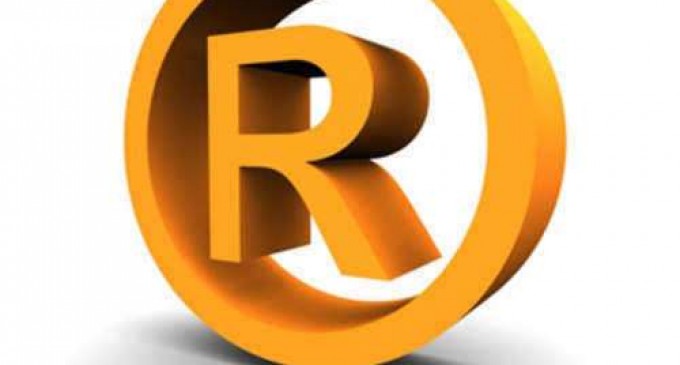
Actual Reduction to practice
© 2002, Dawsey Co., LPA
September 2002
This is the second part of a three part series dealing with three important stages in the development of an invention; conception, actual, and constructive, reduction to practice. Last month’s article, dealing with conception, may be viewed on our web site; www.invention-protection.com.
Actual reduction to practice is much as the name suggests. It represents the physical construction of an invented object, or a physical carrying out of an actual process in a method invention. An invention is actually reduced to practice when a working prototype of either the object or method has been developed and has been sufficiently tested to demonstrate that it will work for its intended purpose. An invented material is actually reduced to practice when the composition has been produced. An invented process is actually reduced when the steps of the process have been successfully performed. Unless the utility, or usefulness of an invented product is self-evident, a successful reduction to practice must include the establishment of a practical use for the invented material.
Some special types of patents have special rules on actual reduction to practice. In line with the requirement that a material must be produced to be actually reduced to practice, a plant can only be actually reduced to practice when the invented plant is asexually reproduced. A design is actually reduced to practice when it has been made into some structure, and does not exist solely as a drawing.
Determination of a date of actual reduction to practice can be vitally important if an inventor is attempting to establish a date of invention that is earlier than a patent application’s filing date. As discussed in our June, 2002 newsletter (available on our web site), an inventor who has been diligent between the period of conception and actual reduction can claim the date of conception as his or her date of invention. This process of looking backwards can make the difference between a successful application and one rejected on the basis of prior art.
One of the most common questions regarding actual reduction to practice stems from the requirements that an invention must be sufficiently tested to demonstrate that it has a workable utility. There are two general ways to look at inventions to aid in this determination. Generally, the simpler and less speculative the invention, and the less that it represents a revolutionary change in technology, the less demonstration of utility is required to satisfy actual reduction to practice. Actual examples include a disposable diaper that was not required to have undergone testing on a baby, and an insulated window whose practical utility was evident from its drawings. Simply expressed, the test is whether one skilled in the art would understand that the invention would work as claimed. Inventions that one skilled in the art could only say “might work,” require actual tests to determine practicality. As with so much else in inventing, accurate and complete records of all developments and tests can be critical to determining the date of actual reduction to practice.
